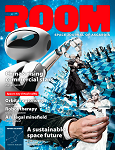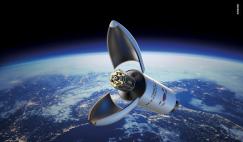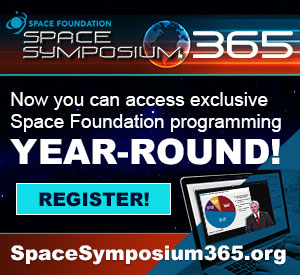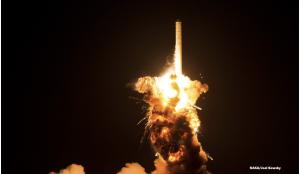The past year was a busy one for the launch industry, not only in terms of actual launches, but also by way of promises for the future. Here, space launch analyst and seasoned ‘number-cruncher’ David Todd highlights the ‘four Cs’ that dominate the current orbital launch field: China, CubeSats, Constellations and Competition.
Logging space launches has become a tricky activity. Not only have the numbers of launches increased, so also has the number of spacecraft carried – and dramatically. Even US Space Command reports that it is struggling with the identification of new satellites given that so many are now being launched. On that subject, there is yet another problem. Some spacecraft are now covertly carried – with some subsatellites ‘popping out’ of the mother spacecraft several months after their launch.
Even with these issues, the launch year 2018 can now be tallied. It shows a large spike in the number of launches with 114 orbital launch attempts for the year. This is the largest number since 1990 – the final full year before the Soviet Union broke apart - when 121 launches were recorded.
The 2018 launches carried 472 payloads which, while only slightly up on the previous year’s total of 466, was considerably more than in previous years. This record-breaking number reflects the increase in multiple satellite launches of sub-10 kg CubeSat class of very small satellites (known as nanosatellites).














